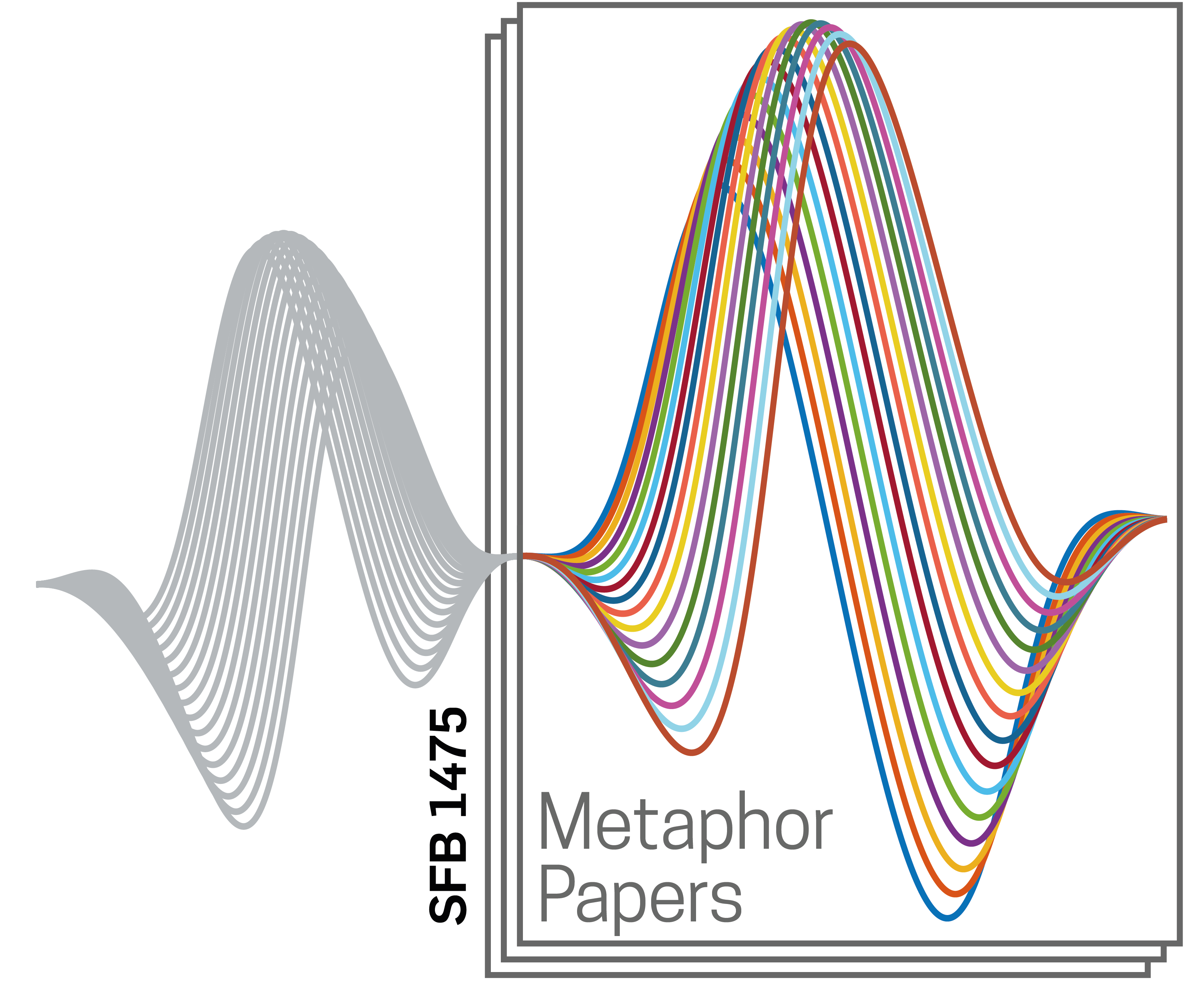
Nektar und Stachel: Bienenmetaphern in Wittenberg: Philipp Melanchthon, Lucas Cranach und Johann Stigel
Keywords:
Bienenmetapher, Melanchthon, Reformation, Lucas Cranach, IntertextualitätSynopsis
The notion of the bee may, at first sight, not seem to be an obvious candidate for a religious metaphor nor would we expect it to provide an important contribution to religious discourse. In sixteenth century Wittenberg, however, in the works of Philipp Melanchthon and his humanist colleagues and students, the metaphor of the bee as well as the related images of honey and sting reach a remarkable popularity. The present article explores the emergence of the bee metaphor in Melanchthon’s writings and traces its career in the contributions of his colleagues and pupils. The bee imagery is, however, not an invention of Melanchthon and the proponents of the Wittenberg Reformation. Rather, it proves to be a borrowed metaphor which has its roots in literary, philosophical, and theological traditions. Apart from biblical and exegetic references the bee metaphors developed by Melanchthon and the Wittenberg circle, in accord with the humanist project, draw strongly upon sources from classical antiquity where the bee, since Pindar, emerges as a prominent image of divine and poetic inspiration. As a complement to the textual tradition, we can further observe a remarkable appearance of the bee motif in the visual arts of the period, namely in the paintings of Lucas Cranach and his workshop: Cranach and his collaborators created a series of paintings showing Cupid, holding a honeycomb surrounded by bees, and complaining to his mother Venus that he has been stung by a bee. This mythological theme is taken from a Hellenistic poem, The Honey thief, often (wrongly) attributed to Theocritus. It is probably not mere chance that the same poem was also closely studied by Melanchthon and his friend Joachim Camerarius who both prepared Latin translations of the poem. Considering Cranach’s close connections with the Reformation, his personal affiliations with Luther and Melanchthon, it is not unlikely that Cranach had been acquainted with the subject of The Honey thief by Melanchthon. He may have read the poem in Camerarius’ or Melanchthon’s translation, and from there taken his cue for the conception of the Cupid-Venus painting. In any case, in the context of the Wittenberg Reformation, we can observe a remarkable spread of the bee metaphor which circulates through various channels of communication—literature, visual art, lectures and sermons—and thus contributes to the semantic elaboration and diffusion of the Reformation project.




